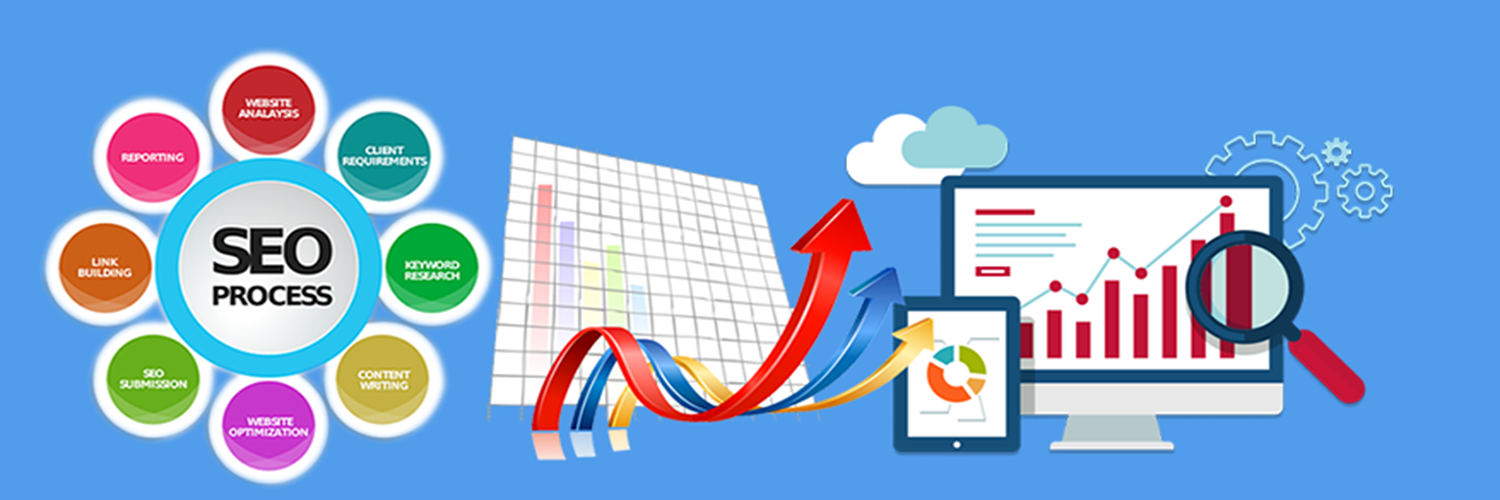
Search Engine Optimization (SEO) is a highly technical method, except for on-line merchants it is also a vital business method. that is why we have a tendency to take the time to learn about your goals, products, the competition, and your marketplace.
Keywords and Competitive Analysis: First, we’ll review the location structure and search engine rankings for each your website (if any) and people of your competitors. This helps outline your ‘Before’ and ‘After’ benchmarks for search engine optimization.
Keyword research: Identify the words or phrases that your audience is likely to enter into search engines in order to find your product. This research will yield keyword suggestions that can be one among the most useful aspects of SEO, with high returns on investment (ROI).
Site Optimization: Optimizing your site can typically take 5-10 business days, reckoning on your goals, the complexity of your site, and therefore the competitive landscape.
Note: Optimizing your site will not affect the way your pages look in any way. the required changes include new URLs (path names) for selected pages yet as together with an inventory of counseled words in your existing page content. We’ll provide you with files summarizing of these changes.

SEO Audit Score – there is no room for beginner-level software; you need an SEO Audit score which measures the SEO health of a page AND the entire SEO program. This is critical path; you must ensure your platform and your vendor provide a legitimate and authentic SEO Audit Score.
International Capability – support for International search engines including non-US market leaders such as Baidu, Rambler, Yandex, AUM and Naver are critical path for a successful SEO program at an enterprise level.
Scalability – you must have transparency into the full SEO lifecycle such as planning, execution and tracking. This is where a lot of platforms fall short; centralized planning, execution and tracking are critical path.
Client Referrals – talk to several of the vendor’s clients. UI demos may in fact appear to work well; however, they can also break down quickly in real-life practice. UI and custom dashboard capabilities must have a robust configuration screen. Avoid platforms with multiple-step process for setting up a dashboard. Look for a platform dashboard which can be far easier configured with drag and drop capabilities.
Beyond Reporting – a reporting solution with some ability to audit pages and make recommendations is not adequate. Having several reports running ad-hoc such as page audits, rank checking, competitive comparisons and link analysis is a must. Additionally, focusing on weekly reporting will not suffice.